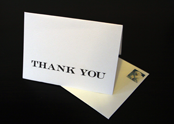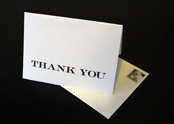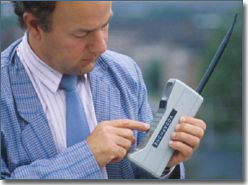Have you ever had an email “send” before you were ready to turn it loose? Who hasn’t experienced this awkward moment and its subsequent follow-up? Today, let’s talk about the fail-safe way to avoid this situation, as one of our five ways to strengthen your email.
1. A participant in one of my workshops came up with this tip: To avoid “sending” before you are ready, leave the “to” line blank until you are ready to send. Check your piece over for grammatical, usage, and strategic missteps, and then address and send it.
2. Consistently reply promptly, and you will stand out in a very positive way. One of the most common questions asked is always, “How do I get people to respond to me?” At all. Let alone promptly. If you do not have the answer at your fingertips, or do not have time to provide a lengthy answer right then, answer that email with a reasonable expectation for the reader, e.g., “I will send that information later this afternoon.” Or, “I can have that report for you by Friday.” This is what our reader needs. This is what we need to do.
3. Watch the tone of your email carefully. Texting has become the “short answer” medium. Frequently you’ll see “Yes.” Or “Can’t.” or “Don’t know.” But email has a little more leeway. So, with email, keep your message as short as you possibly can, and still provide the information using the best tone. Any message of more than a screen to a screen-and-a-half should be broken into a “cover letter,” and an attachment. The reader’s eyes have a virtually unconscious reaction to reading on the screen, which may cause irritation – both to the reader’s eyes and to your message!
4. Remember that there are four types of email: (1) the original that you write; (2) your response to someone else’s email; (3) the cover letter for (4) the attachment. Decide which you are writing, especially if it is just a one-paragraph cover letter for the attachment, where the “meat” of your message may be found.
5. Conventional wisdom says limit each email to one subject, and use the subject line only for that subject (as compared against carrying on with the same subject line for a variety of subjects). Good advice. It’s so much easier to find your message if you do this. Where the problem comes in is when you have a lot of different issues to discuss – each of them short, and in total all of them over-populating your reader’s in box. In this case, consider using an umbrella subject line covering the overall purpose of the email, or enumerating the two or three issues the email may deal with.
See you next week!
If you like what you’re reading, please subscribe to our blog.
We’ll be happy to bring a Gail Tycer workshop to your organization. To discuss a workshop for your people at your location or ours, or a shorter presentation for an upcoming meeting, call Gail at 503/292-9681, or email gail@gailtycer.com





